Choosing the Right Finesse Presentation for Bass: A Tactical Guide
Share this article with every angler you know!
Finesse fishing has taken the bass fishing world by storm in recent years.
It wasn’t always something that people focused on, but as bass anglers have experimented and taken things from other styles, finesse has exploded and turned into its little micro system in the bass fishing world.
A modern tackle box isn’t complete without some great finesse options standing by just in case you get the chance to use them.
Today, we’re going to help you dig through all the options you have at your disposal and make a tactically sound decision on which finesse presentation to use in any given situation.
Let’s get started!
Be notified of new bass fishing articles and techniques!
Newsletter Signup
What is Finesse?
The word “finesse” gets thrown around a lot in the fishing world, and if you’re new, you might not know exactly what we’re talking about. So, let’s define it.
Finesse is pretty much any time you’re focusing more on a subtle presentation and using a more methodical approach. It’s typically done when fish are lethargic and or highly pressured.
The most common conditions for this technique include: post frontal weather, offshore suspended fish, clear water, and cold water.
Finesse fishing for bass usually involves fishing lighter line (6 to 8lb test) using spinning gear rigged with soft plastics, and either no weight or light weights..
Finesse fishing also tends to work with smaller soft plastics. If you look up Z-Man finesse baits, you’ll see that most of them are only about 2 inches long, and they’re designed primarily to vibrate and jiggle a little.
Of course, the action can vary dramatically.
This is a major contrast to what we typically see from bass anglers. Crankbaits, big worms, and swimbaits that are life-sized trout all tend to dominate the scene. Finesse scales that back big time to focus on the details of a smaller, more subtle presentation.
A lot of this comes from ultralight anglers who typically target panfish, crappie, and smaller bass. But because these techniques are so effective at catching big bass in tough conditions, they’ve quickly gained popularity in the bass fishing world.
When is Finesse Used?
Finesse is usually a high-pressure strategy. Like we said, the most common lures are much larger, and they’re typically focused on much more noticeable action.
Well, when a lot of people are using those, it helps to switch things up and present a smaller, more subtle lure.
Finesse is also helpful when the bass are more lethargic. They don’t necessarily want to chase down a big meal when they can conserve energy and snap up something small with ease.
Winter and the hottest summer days are prime finesse periods. Although finesse can be useful year-round.
Picking the Right Finesse Presentation: Factors to Consider at the Lake
While finesse is a fairly defined set of skills in the fishing world, there are lots of different presentations you can pick from. There are so many that it can get confusing picking one on the fly that works.
We’re going to go over some of the key factors you need to look at when you’re rummaging through your finesse tackle to pick something that’s going to work.
1: Matching the Hatch
This is a major concern, no matter what type of fishing you’re doing. If you’re in a pond where the only bait fish are silver shad, you don’t want to throw bluegill lures.
With finesse, it’s the same way.
It always helps to know exactly what types of bait fish are in the area. You can do this with the BassForecast app, check the species list for the lake you’re fishing, or you can do it by sight.
To do it by sight, you simply walk around a bit when the bait fish are swimming around in the shallows and see what you can find.
You can also fish the area with smaller tackle before you start bass fishing to see what types of bait fish are available.
When you come back to get some trophy bass, you know exactly what’s there, because you've already caught some.
Bass are more likely to snatch something up if it looks like part of their natural diet, and every lake or pond has its little food chain that you’ll have to understand if you want the best chances.
Throwing random stuff can occasionally get you a bite, but it’s a lot easier if you match the hatch.
2: Water Conditions
Water conditions are also crucial. Presenting a bright neon lure in crystal clear water is unlikely to get a hit. It looks off and out of place to the bass. If they do bite it, it’s likely out of frustration or territorial behavior.
With that being said, tossing a clear weightless fluke with a little blue flake into a muddy lake isn’t going to work, either. It’s not going to show up.
If you’re trying to learn about finesse presentations and tactics, you likely already know how to match your lure color to the water conditions. So, just keep that in mind here, like you do with other strategies.
3: Fish Behavior
Most of the time, when you’re finesse fishing for bass, you use these strategies to get lethargic or cautious bass to bite. So, you’re usually not going to use a very off-the-wall approach. Like we said, it’s more of a subtle tactic.
However, you still need to understand fish behavior. Sometimes, it’s best to toss a lure and let it gently follow the current without any input from you. Other times, you’ll use a twitch pattern in one spot, like you’re fishing for crappie.
We’ll cover some of the situations specifically as we start covering different presentations and what they’re good for, but keep this in mind.
Top Finesse Presentations to Choose From
There are a lot of different finesse presentations to work with, but we’re going to highlight a handful of the ones we use nearly every time we use finesse.
1: Fishing in Open Water
Hover strolling and mid-strolling have become the “go-to” technique to catch off-shore bass that are not relating to cover. They are chasing shad in open water and or suspending.
The mid-strolling and hover-strolling techniques are finesse presentations that target suspended or mid-depth bass with a natural, slow-falling bait.
These rigs shine when bass are chasing baitfish off the bottom, especially in clear water. Use a spinning setup: a 6'10" to 7'3" medium-light to medium rod with a fast or extra-fast tip helps with casting light lures and detecting subtle bites.
Pair it with a 2500-size spinning reel, spooled with 10–15 lb braided mainline and a 6–8 lb fluorocarbon leader.
For terminal tackle, start with a 1/32 to 1/8 oz ball head jig or a hover head (with a 90-degree hook eye) and rig a 3–4” soft plastic minnow-style bait like a Damiki Armor Shad or similar fluke-style bait.
Cast beyond your target zone and count the bait down to the desired depth. Then slowly retrieve it with a steady reeling pace, occasionally adding subtle rod twitches or pauses to mimic an injured baitfish.
With hover-strolling, you gently "hover" the bait by shaking the slack line as you reel, keeping it level in the water column.
When a bass bites, it may feel like added weight—reel quickly to load the rod, then set the hook with a controlled sweep. Keep steady pressure during the fight and let the rod’s soft tip absorb head shakes to avoid pulling the hook on light wire finesse gear.
2. Drifting – Moving Water
This is extremely useful if you’re fishing in moving water. While it’s practically useless in the middle of a pond, drifting becomes your go-to tactic near a lake’s inlet, in a river, or even in a well-stocked creek.
This is simple.
We recommend using a small, soft-plastic worm or hellgrammite for it. You’ll also want a small bobber. Bobbers aren’t common in bass fishing. So, you might not have one.
We recommend the Trout Magnet slip-on bobbers. They’re ultra-light foam bobbers with high-vis paint, and they’re split down the side for you to slide right onto your line without retying your rig.
They’re also dirt cheap, and since bobbers aren’t commonly used for bass, this is helpful.
Slip that small softplastic on a suitable hook, slip your bobber on roughly a foot above the lure, and cast it into moving water.
Now, as a bass angler, you’re likely to be using heavier equipment that won’t cast this rig very far. If you can angle yourself to make a short cast into the moving water, you can open your bail or release your line, and the current will drag it out.
Unlike other techniques that require you to cast against the current to retrieve it toward you, this won’t affect the drifting tactic.
Your lure will gently drift along, causing minimal disturbance like a bug caught up in the current. Bass, and oftentimes smaller fish, will snatch it right up.
3: Hopping the Bottom – Suspended Bass
We like to use Euro Tackle’s Fat Assassin lures for this. They’re specifically meant for finesse, and they’re like little soft plastic worms with rib slits sliced into them for vibration.
Take the Fat Assassin, hook it on a bait keeper hook with the point exposed, and if you want a little more casting distance, snap a splitshot or two on about a foot above the lure.
Then, you chuck it out, pop the rod up, let it sink, and pop it. Repeat that until you get it back.
This is just like jigging, but the lure is different. It creates very subtle vibrations and a little bit of tail action that looks like a minnow or other small fish trying to find crustaceans along the bottom.
When the bass are suspended deep in the lake and not going for those big crankbaits everyone is throwing, the Fat Assassin gets the job done.
It’s also great for when the weather is a lot colder, because the bass don’t want that high-octane fight. They’re looking for opportunistic meals, and this fits the bill.
4: The Tiny Craw – Early Fall
Early fall is a real pain to fish in a lot of areas. It’s when the lake turns over, and for a couple of weeks, it can feel impossible to get a bite.
Well, this is also when craws start to go on the menu for bass, and this strategy takes the craw method and shrinks it down for a baby craw presentation that’s a lot more subtle than what other people are throwing.
Again, we like Euro Tackle for this. They have a tiny “Metacraw” craw lure that works perfectly. If you have a small EWG worm hook, that will work best. You can also thread it onto a smaller jighead.
We recommend not using it as a trailer on a normal jig, because the skirts will likely cover it up entirely, and always remember to thread it on like it’s moving backward. That’s how craws move.
Beyond that, you just present it like any other craw. Hop it, tighten the slack, and let it rest for a few seconds.
5: Micro Topwater – Early Morning
A lot of anglers have trouble with topwater fishing. It’s one of the best ways to get the job done early in the morning as the sun stretches across the water, but those bigger options can be hard to figure out.
Sometimes, you just need to downsize. Luckily, there’s a finesse solution for that.
EuroTackle has a Z-Popper, but you can also find topwater baits by Creme, Strike King, and other brands that fit the bill.
You use it just like any other popper, but make much smaller pops with your rod. You don’t want to yank it several feet with every yank of the rod.
One issue with this is that it almost requires very light equipment, and you might not have that in your arsenal. Soft plastics can be worked with a standard medium rod if you just add a splitshot or two, but these hard finesse baits are less forgiving.
6: Dead Minnows – Early Morning Spring and Fall
This is one of our special finesse tactics that have caught us a lot of bass in the early mornings of spring and fall, and it’s an ultralight specialty.
Creme, EuroTackle, and Strike King all make suitable lures for it, too. They’re essentially jerk and crankbaits that float up to the surface when you stop retrieving, and that creates a deadly topwater presentation.
Cast one of those little guys right passed whatever you’re trying to target, jerk it a couple of feet, and then stop. You’ll see it rise to the surface, but don’t get excited. Let it sit for a minute. If there are no bites, repeat the process.
This looks like a very small bait fish or fry that’s on its last legs, and bass do what they’re best at: cleaning up dying fish.
It’s an exhilarating experience to watch a giant hole open up in the water as a bass comes from below and sucks one of those tiny lures in. Just don’t forget to hold back on your hook set for a second.
7: U-Tail Grub – All-Around
Finally, there’s the original finesse option that a lot of finesse anglers don’t even think about. The classic U-tail grub. You take one of these, thread it onto a suitably sized jighead, and you can do a lot with it.
In more active times, you can swim and jerk it back to you, and when the bass are at the bottom moving slowly, you can hop it.
This is one of the easiest finesse lures to use, and it’s highly versatile.
Finesse Catches When the Rest Won’t
Finesse is a tool you can use to catch bass when nothing else is working. Although it’s not limited to that.
Next time you’re getting skunked, make sure you have a few of the lures and rig materials we mentioned here, and set up a suitable finesse presentation for your conditions. It might just get you the bite.
If you want to learn more about bass fishing, check out our bass fishing blog today!
Share this article with every angler you know!



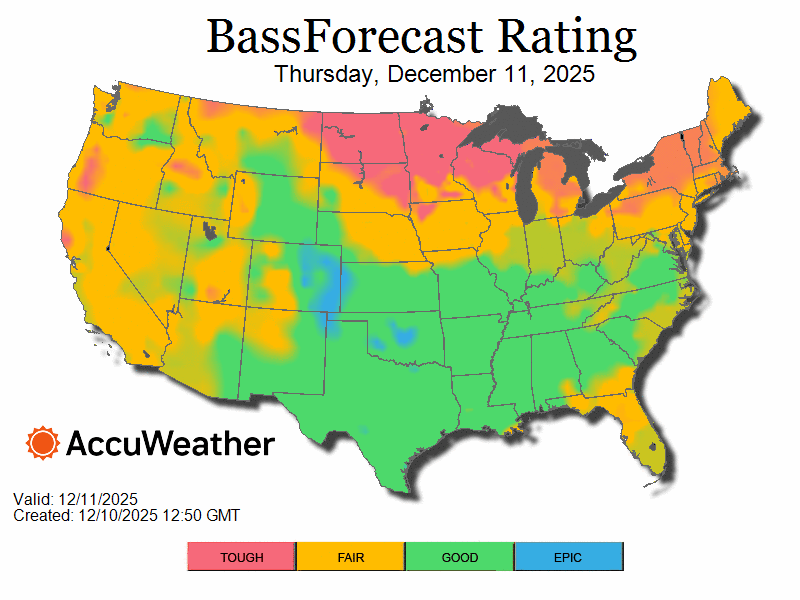
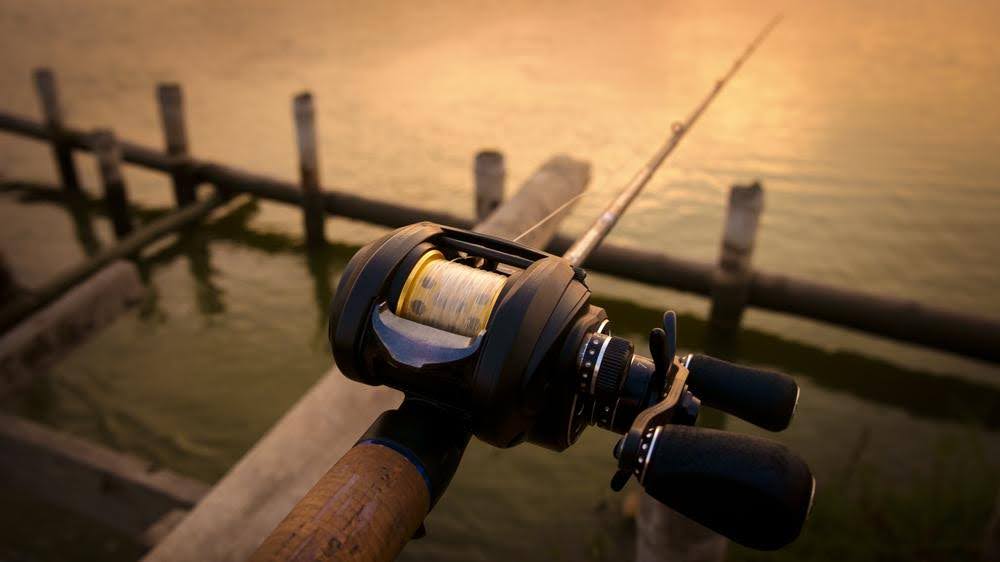
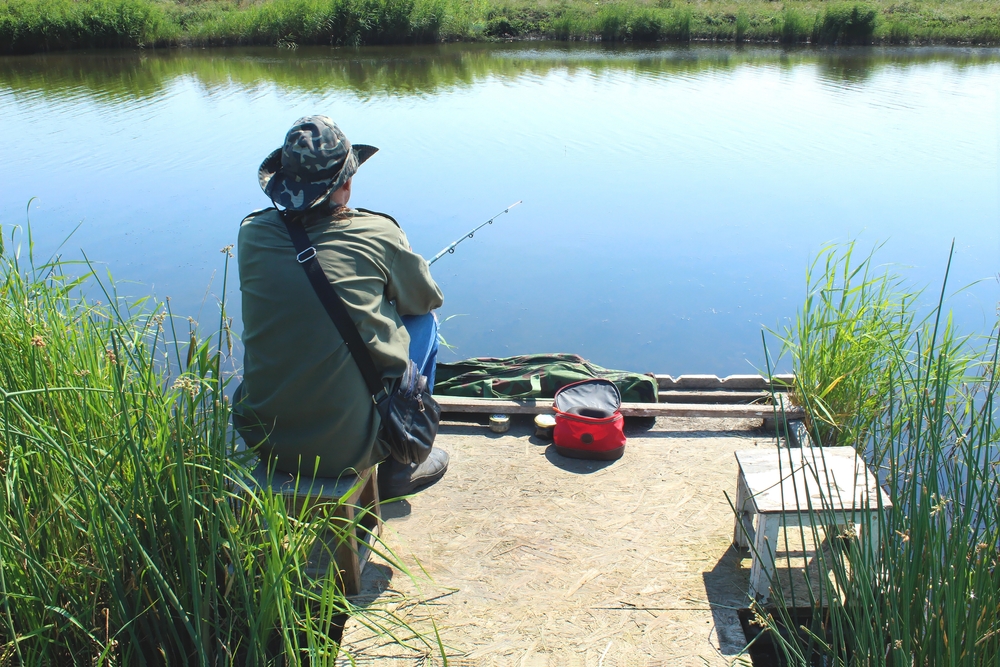
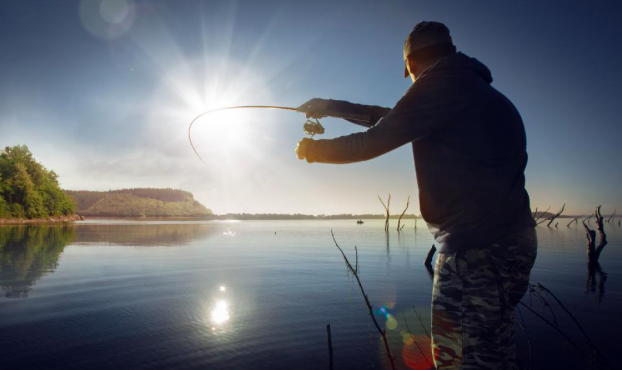
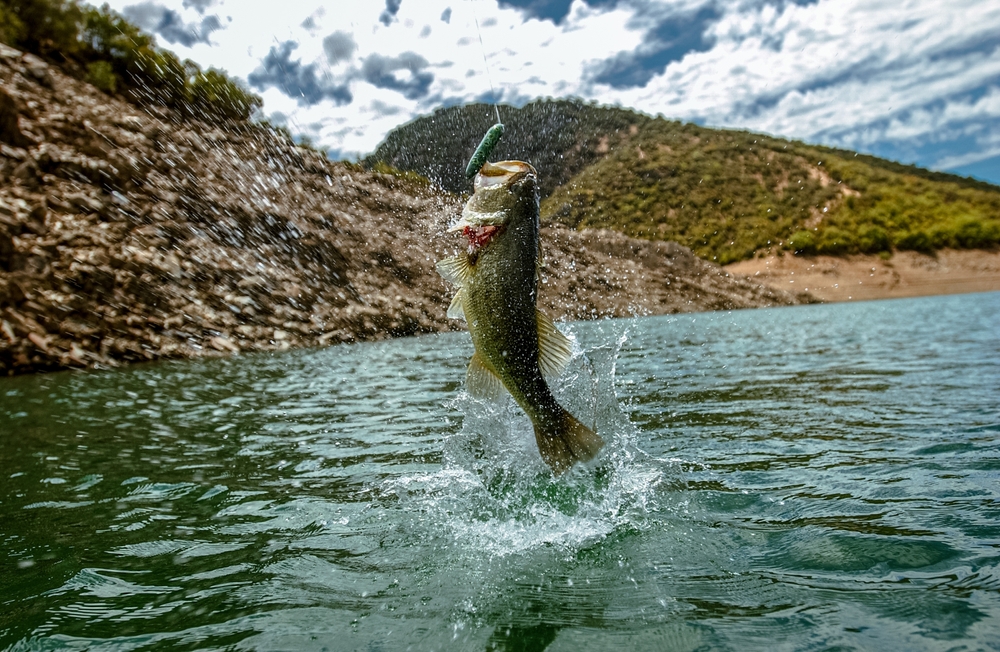
.jpg)
.png)
.png)